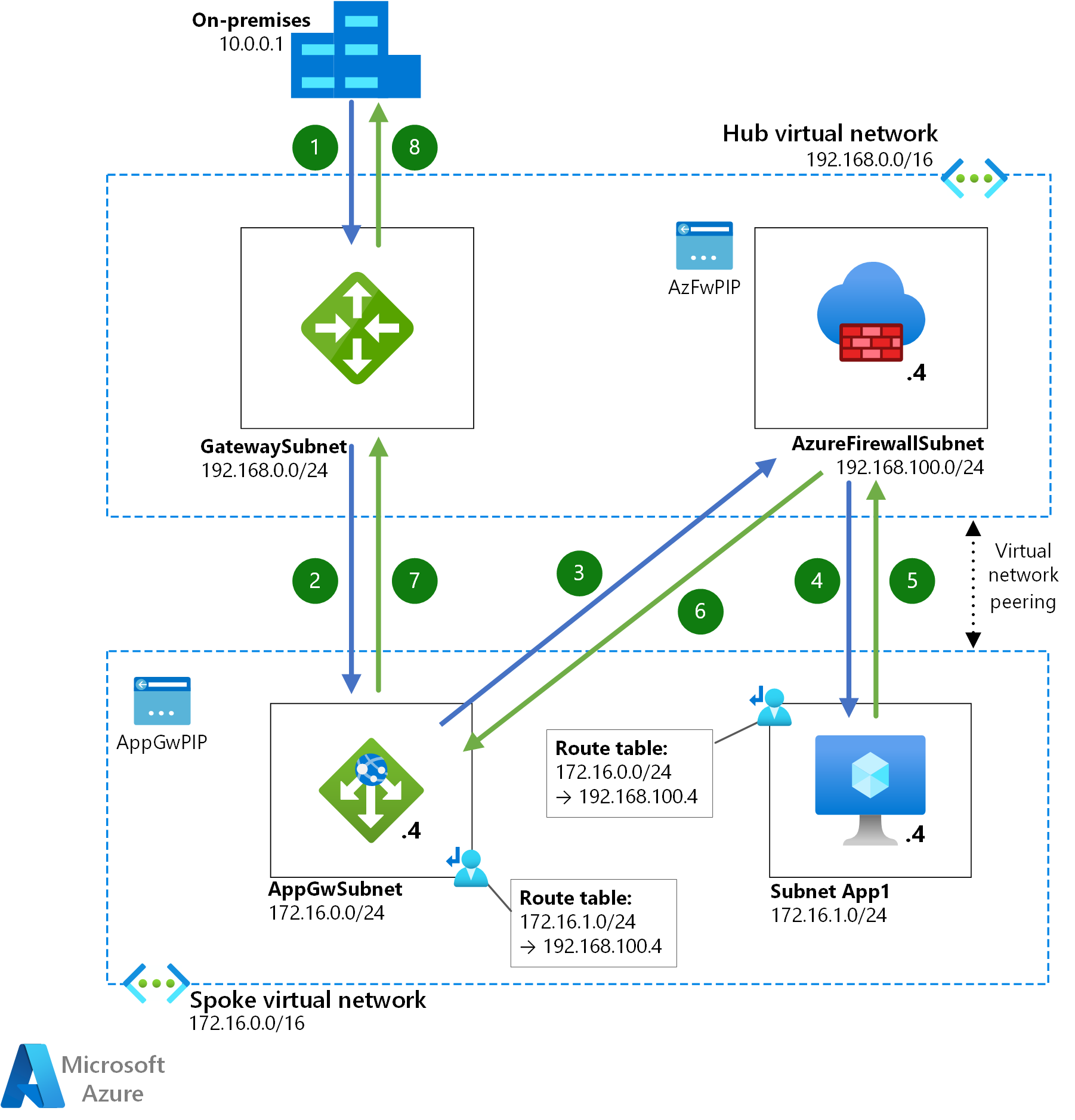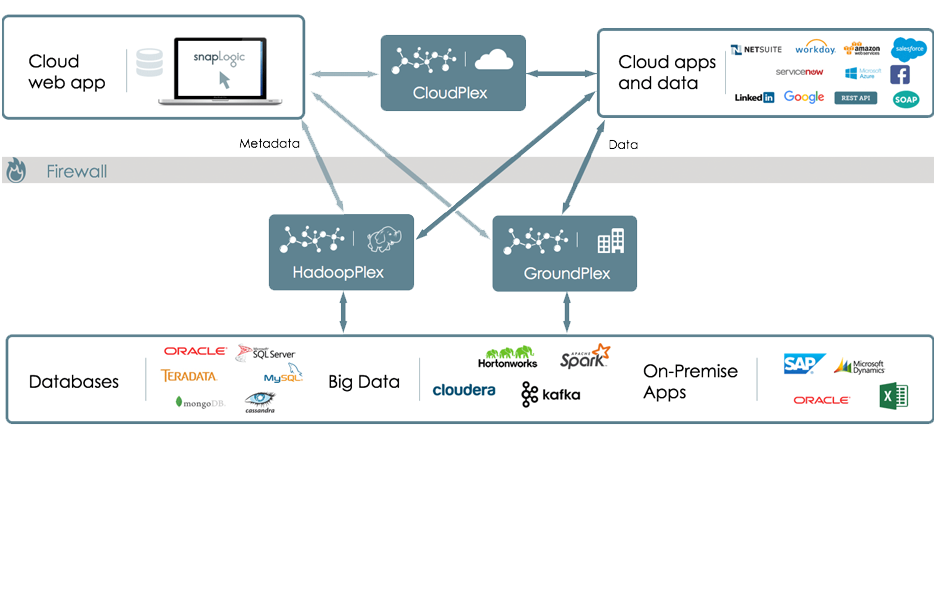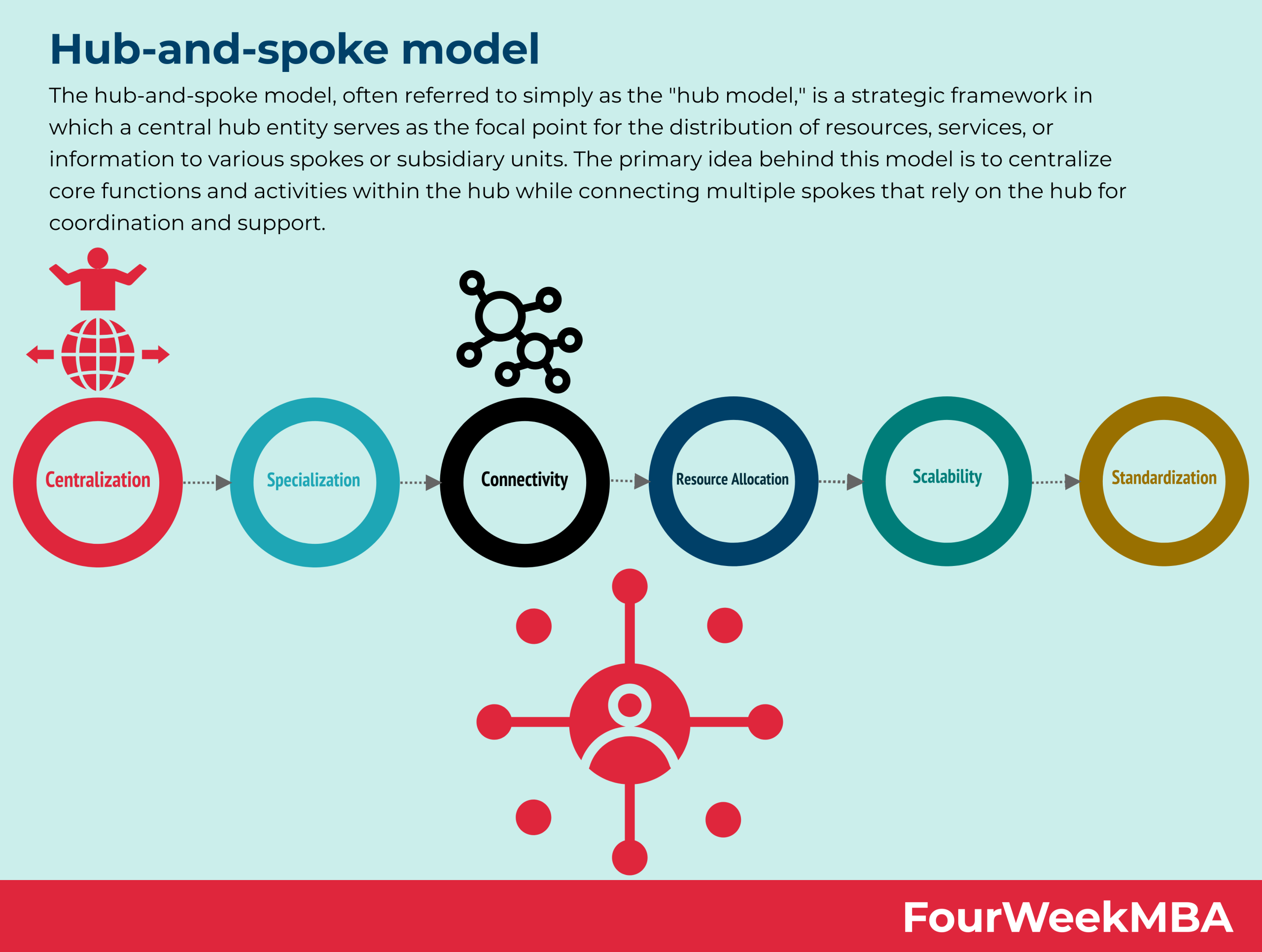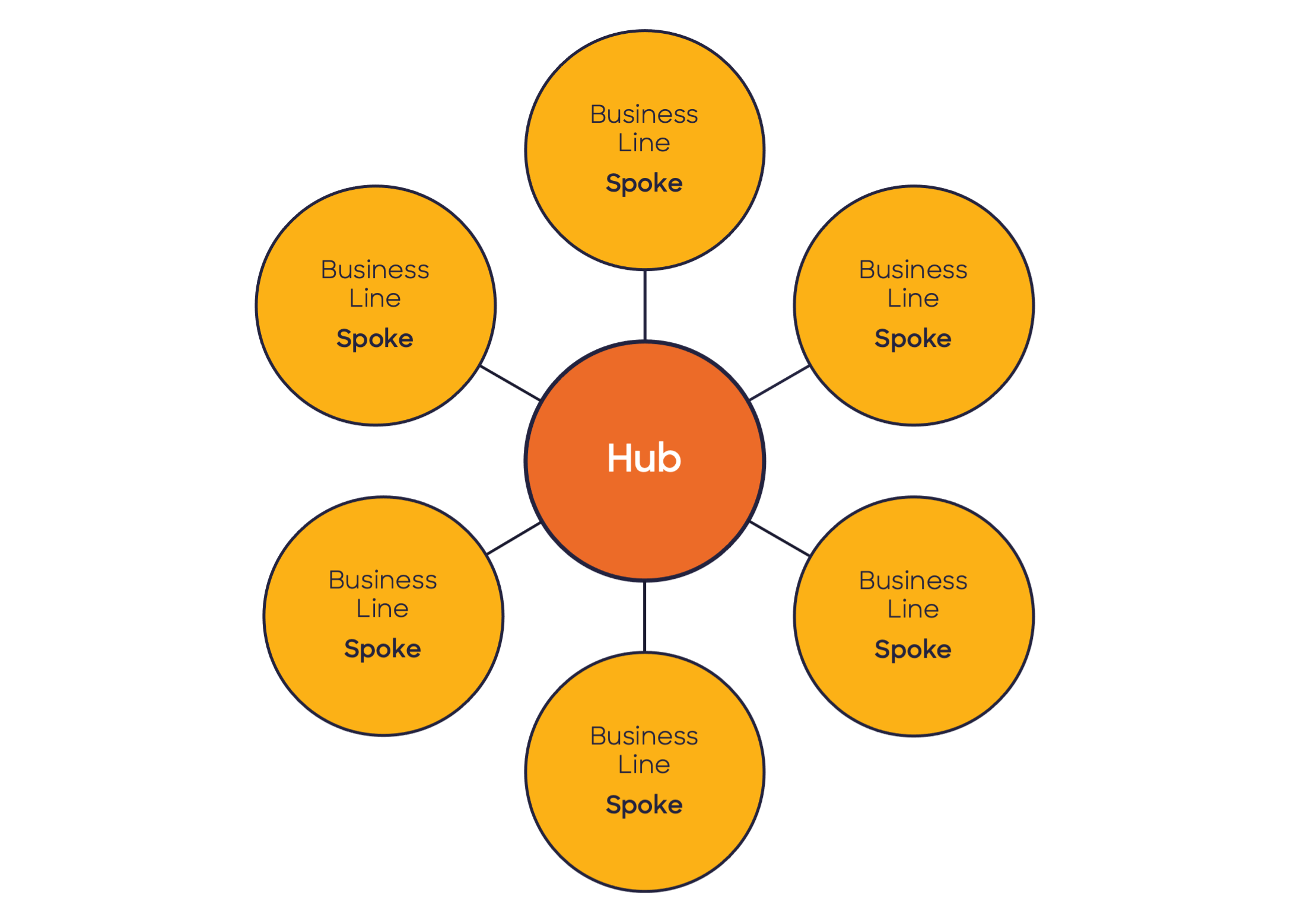
In the ever-evolving world of SEO, one approach has proven to be both effective and enduring: the hub and spoke model. This content organization strategy not only enhances user experience but also improves your site’s visibility in search engine results. Whether you’re a B2B SaaS company or a content-focused blog, understanding how to build a robust internal linking strategy using hub and spoke models is essential for long-term success.
This article will guide you through the fundamentals of the hub and spoke model, explain why it matters in 2025, and provide a step-by-step framework for implementation. By the end, you’ll have a clear roadmap to improve your SEO performance, boost authority, and create a more engaging user journey.
What Is Internal Linking Strategy and Why It Matters

Internal linking is the practice of connecting pages within your website through hyperlinks. It helps users navigate your site and allows search engines to crawl and index your content more effectively. When combined with a hub and spoke model, internal linking becomes a powerful tool for organizing content around specific topics.
The hub is your main topic page — think of it as the central point of your content strategy. The spokes are supporting pages that dive deeper into subtopics related to the hub. These spokes are interlinked back to the hub, creating a structured and navigable content ecosystem.
Why does this matter? Search engines like Google prioritize websites that demonstrate expertise, authority, and trust (E-E-A-T). A well-structured hub and spoke model signals that your site has comprehensive knowledge on a subject, which can significantly improve your rankings.
How Internal Linking Strategy Impacts SEO Performance
A strong internal linking strategy directly influences several key SEO metrics:
- Traffic: By linking relevant content together, you increase the chances of users discovering more of your content, which can drive more organic traffic.
- Engagement: Users who find value in your hubs and spokes are more likely to stay on your site longer, reducing bounce rates and increasing dwell time.
- Ranking: Search engines use internal links to understand the hierarchy and relevance of your content. A well-linked site is more likely to rank higher for targeted keywords.
Moreover, the hub and spoke model supports search intent alignment. By mapping out your content based on user intent (informational, navigational, transactional), you ensure that each piece of content serves a purpose and connects naturally to others.
For example, if your hub is about “HR software,” your spokes could include articles like “How to onboard employees remotely” or “Top HR software features.” Each of these spokes targets different stages of the buyer’s journey while still linking back to the main hub.
Step-by-Step Implementation Framework
Building an effective hub and spoke model requires careful planning and execution. Here’s a step-by-step process to get started:
- Define or Audit the Current Situation
- Start by identifying your core topics. Use keyword research tools like Ahrefs, SEMrush, or SurferSEO to uncover high-value keywords.
- Audit your existing content to see what hubs and spokes you already have. Look for gaps where new content could be created.
-
Create a spreadsheet to map out your hubs, spokes, and internal linking plan.
-
Apply Tools, Methods, or Tactics
- Use content clustering tools to group related keywords and topics. Tools like AnswerThePublic or TopicCluster.com can help visualize your content structure.
- Develop a content calendar that aligns with your hub and spoke model. Plan out when and how each spoke will be published.
-
Implement a consistent linking strategy. Ensure that each spoke links back to the hub and that related spokes link to each other.
-
Measure, Analyze, and Optimize
- Track metrics such as organic traffic, bounce rate, and time on page to assess the effectiveness of your internal linking.
- Use Google Analytics and Search Console to monitor how search engines are crawling and indexing your content.
- Regularly update and refine your hubs and spokes based on user behavior and search trends.
Real or Hypothetical Case Study

Let’s look at a hypothetical case study involving a B2B SaaS company that sells project management software.
Objective: Improve SEO performance and user engagement by implementing a hub and spoke model.
Implementation:
– The hub was created for the main keyword “project management software.”
– Spokes included pages like “How to manage remote teams,” “Top project management tools,” and “Free project management templates.”
– Internal links were strategically placed throughout the site, connecting the hub to each spoke and linking related spokes together.
Results:
– Organic traffic increased by 40% within six months.
– Bounce rate dropped by 25%, indicating improved user engagement.
– Page authority for the hub increased, leading to better rankings for target keywords.
This case study demonstrates the power of a well-executed hub and spoke model in driving real business results.
Tools and Techniques for Internal Linking Strategy
To build and maintain an effective hub and spoke model, consider using the following tools:
- SurferSEO – For keyword clustering and semantic scoring, helping you identify the best topics for your hubs and spokes.
- Ahrefs – For in-depth keyword research and competitor analysis to uncover opportunities.
- Screaming Frog – For technical audits and ensuring your internal links are properly implemented.
- Google Analytics – To track user behavior and measure the impact of your internal linking strategy.
- AnswerThePublic – For visualizing search intent and identifying content gaps.
These tools will help you streamline the process and make data-driven decisions as you build your internal linking strategy.
Future Trends and AI Implications
As AI continues to shape the future of SEO, the importance of internal linking strategies like the hub and spoke model will only grow. With advancements in natural language processing and semantic search, search engines are becoming better at understanding context and relevance.
AI-powered tools like Google’s Search Generative Experience (SGE) and voice search are pushing the need for more structured and interconnected content. A well-planned hub and spoke model ensures that your content is not only optimized for traditional search but also for emerging technologies.
To stay ahead, focus on creating high-quality, user-centric content that naturally links together. Embrace AI tools that can help you analyze and optimize your internal linking strategy, and keep a close eye on evolving search algorithms.
Key Takeaways
- Understand the hub and spoke model: It’s a content organization strategy that improves user experience and SEO performance.
- Implement a structured internal linking plan: Map out your hubs and spokes, and ensure they are interconnected for maximum impact.
- Use the right tools: Leverage keyword research, content clustering, and analytics tools to support your internal linking strategy.
- Focus on user intent: Align your content with the needs of your audience to drive engagement and conversions.
- Stay ahead of trends: As AI and new search technologies evolve, adapt your strategy to remain competitive.
By mastering internal linking strategies and building effective hub and spoke models, you’ll not only improve your SEO but also create a more valuable and engaging experience for your users.
Meta Title: Mastering Internal Linking Strategy: A Guide to Building Effective Hub & Spoke Models
Meta Description: Learn how to build a powerful internal linking strategy using the hub and spoke model to improve SEO, user experience, and content authority.
SEO Tags (5): internal linking, hub and spoke model, SEO strategy, content marketing, on-page SEO
Internal Link Suggestions: Parameter #2: Content Clustering, Parameter #5: Semantic SEO, Parameter #7: User Intent Mapping
External Source Suggestions: https://growthrocks.com/blog/hub-and-spoke-model-marketing/, https://searchenginejournal.com, https://www.surferseo.com/







